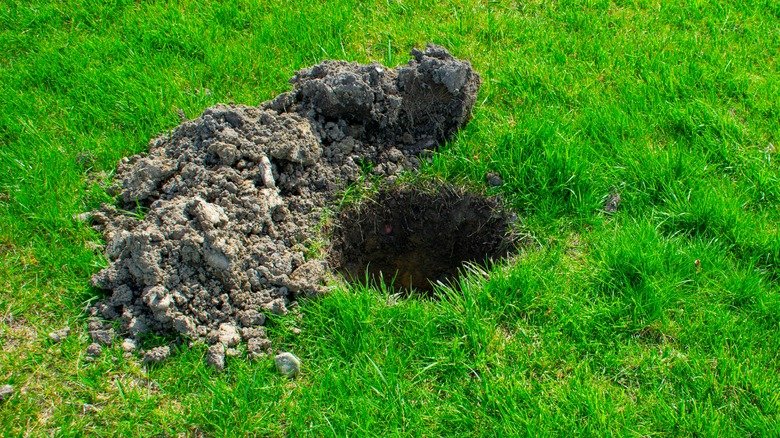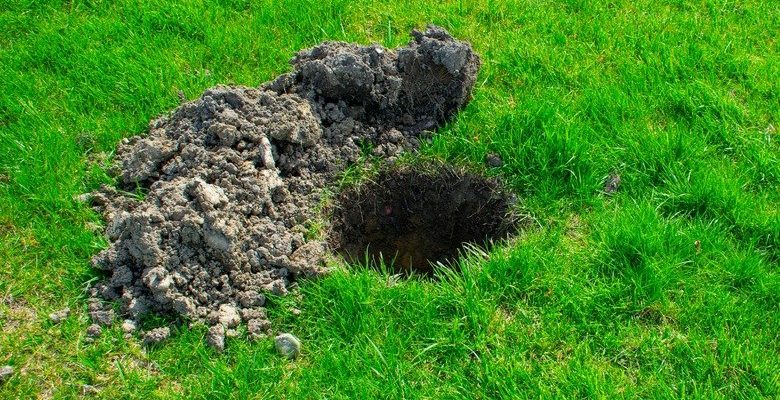
Imagine your aquarium as a cozy little neighborhood. Each fish and creature has its role, and they generally coexist peacefully. But what if an unwanted guest started digging up the community? Not only can this disrupt the balance, but it can also threaten the health of your entire tank. It’s crucial to recognize these signs early to protect your aquatic friends. We’ll explore various indicators that your tank might be home to a burrowing predator and how to deal with it.
Understanding Burrowing Predators in Your Tank
Burrowing predators can include various species, such as certain types of snails, crabs, and even larger fish. These creatures love to dig into the substrate or hide amongst rocks and decorations, making them hard to spot. They can be quite entertaining to watch, but they can also wreak havoc on your tank’s ecosystem.
Here’s the thing: not all burrowing creatures are bad. Some can even help aerate your substrate or clean up leftover food. However, when their digging becomes destructive, it’s time to take action. Recognizing the signs that one of these predators is in your tank will help you determine whether it’s time to intervene or just observe.
Unusual Substrate Disruptions
One of the first signs that a burrowing predator might be up to trouble is noticeable changes in the substrate of your tank. You might notice areas where the substrate looks disturbed, like someone has been digging a little too enthusiastically. This can include uneven patches, exposed roots, or areas where plants have been uprooted.
If you see more than occasional disturbances and your substrate looks like a small war zone, it could be a sign that a burrowing creature is making itself at home. Pay close attention to these changes. If it’s just a few spots here and there, it might be harmless. However, if you’re seeing consistent upheaval, you might need to investigate further.
Another thing to look for is shifting sand or gravel that seems to move or settle differently each day. Predators like certain species of crabs or snails are known for making a mess of their surroundings, and this behavior can be alarming when it affects the health of other tank inhabitants.
Disappearing Fish and Shrimp
A well-balanced tank should have all its inhabitants visible and healthy. If you’ve noticed that your fish or shrimp are going missing or are less active than usual, it might be due to a burrowing predator stalking them. You might be wondering, “How can something hidden in the substrate affect my fish?”
When a burrowing predator is active, it may pose a threat to smaller, more vulnerable creatures in the tank. For example, a hungry crab might see your little shrimp as a tasty snack. The absence of these small animals can indicate that they’ve fallen prey to the hidden predator, and it’s essential to look for potential culprits in your tank.
Keep an eye on how your other fish are behaving, too. If they seem anxious or are hiding more than usual, it could be a sign that something isn’t right. Healthy fish should swim confidently and explore their environment, but stress can lead them to seek shelter.
Changes in Water Quality
Burrowing predators can also affect water quality without you even realizing it. When these creatures dig through the substrate, they can release trapped debris, uneaten food, and waste into the water. This can lead to increased levels of ammonia, nitrate, or nitrite, which are harmful to your tank’s inhabitants.
If you notice changes in your water quality, it’s essential to test it regularly. An unexpected spike in these harmful chemicals can be a sign that a burrowing predator is active, releasing waste into the water column. Over time, deteriorating water quality can lead to stress and illness in your fish, so it’s crucial to act quickly.
Consider performing regular water changes and cleaning your substrate to keep the tank in balance. This can help reduce the overall waste in your tank and provide a healthier environment for your aquatic friends.
Behavioral Changes in Other Tank Inhabitants
Another significant indicator of a burrowing predator is the change in behavior among your fish and other tank mates. If your normally active fish are suddenly hiding or seem to be swimming erratically, they might be reacting to the presence of a predator.
Fish have a strong instinct to stay away from potential threats, and burrowing predators can make them feel uneasy. Observe if your fish are more reclusive, schooling together, or avoiding certain areas of the tank. These changes can signal that something isn’t right below the surface.
Here’s a little tip: take note of their behavior at different times of the day. You might find that they’re more active at night when the burrowing predator is less active. This can provide you with clues about what’s happening in your tank and help you decide on the best course of action.
Unexplained Anxiety in Tank Mates
If your fish are behaving skittishly or displaying signs of stress, like rapid gill movement or erratic swimming patterns, it could indicate an underlying issue—a burrowing predator. The mere presence of a predator can cause anxiety amongst your tank mates.
Fish have a unique ability to sense danger, even if it’s hidden. Think of it as having a sixth sense. If they’re suddenly darting around or spending more time at the surface, it’s time to investigate what might be causing this anxiety.
For instance, an aggressive burrowing species might not only threaten smaller fish but also disrupt the harmony among your tank mates. Keeping an eye on their behavior can help you determine whether you need to take steps to remove the predator or adjust the tank’s environment.
When to Take Action
So you’ve noticed some signs and behaviors that suggest a burrowing predator might be in your tank. What’s next? Taking action is crucial, but understanding the situation is just as important. Depending on the type of predator and the damage done, you might decide to remove it or simply adjust your tank setup.
If a predator is clearly harming your fish or compromising water quality, it might be time for removal. However, some creatures can coexist peacefully with others if given enough space and the right environment. Sometimes, just adding hiding spots or rearranging decor can help ease tensions.
For those more complex situations, consider consulting with an aquarium professional. They can help identify the species and provide insights on the best course of action. Remember, the goal is to maintain a healthy and vibrant community in your tank for every single inhabitant.
Keeping your aquarium thriving means more than just feeding your fish and changing the water. You have to keep an eye on what’s happening below the surface, too. Signs of a burrowing predator can manifest in various ways, from substrate disruptions to behavioral changes in your fish.
By being attentive and observant, you can protect your aquatic friends from hidden threats. So, the next time you notice something unusual in your tank, check for these signs. With a little care, you can ensure your aquarium remains a peaceful and happy home for all its inhabitants.

